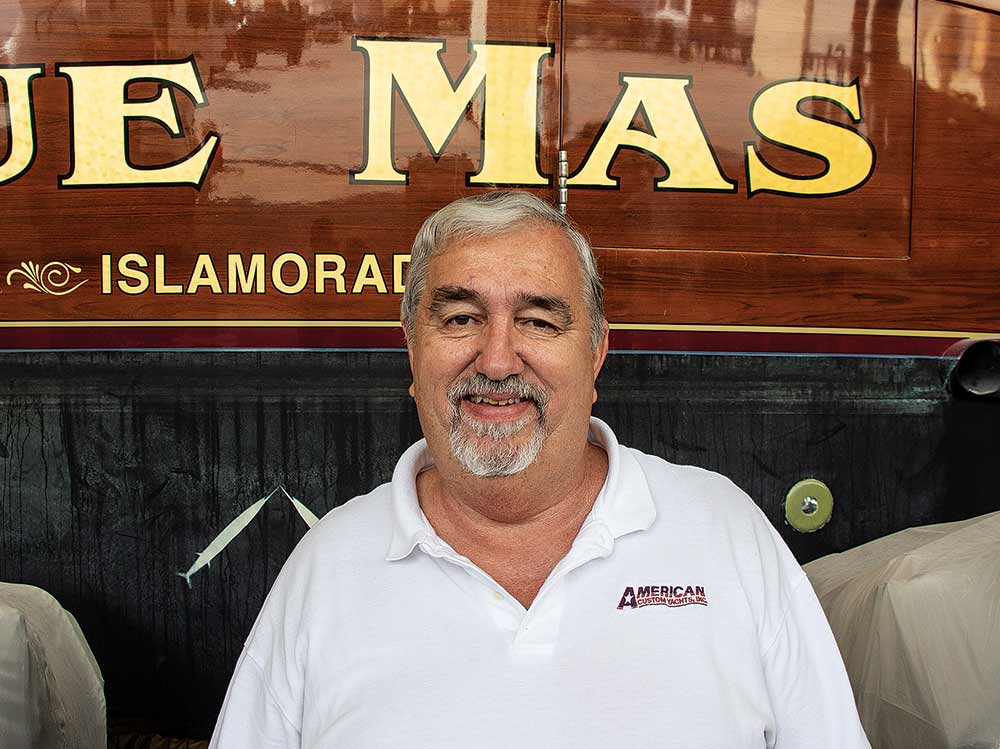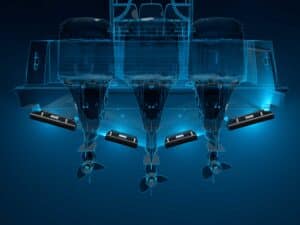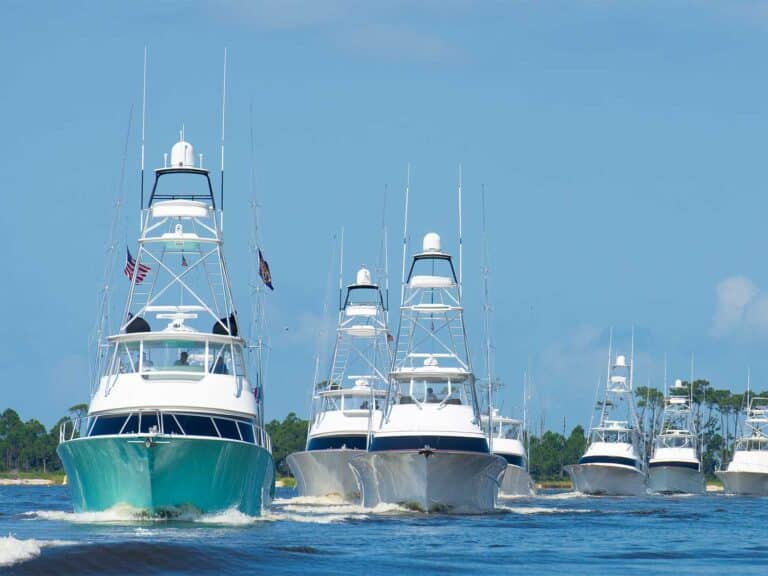We asked four notable builders of larger sportfishermen for their thoughts on the ever-increasing size of these vessels.

John Bayliss, Bayliss Boatworks
Wanchese, North Carolina Courtesy Bayliss Boatworks
I’ll answer your question with a question: What is the goal, and what are you trying to accomplish? If the size relates to a pure sport-fishing boat, where you want to be competitive in tournament situations, then I think you’re most effective at 80 feet or less. Sure, you can build boats that can do almost anything, but I think your agility diminishes once you get past that number for a boat’s length. If you want an everyday rig to travel, there doesn’t seem to be any problem in the fish-raising capability, but the size can be a real hindrance once you begin dealing with hooked fish.

Pat Healey, Viking Yacht Company
New Gretna, New Jersey Courtesy Viking Yacht Co.
Owners want bigger boats to go greater distances to where the fish are. If you’re going 150 miles to the Northeast canyons and staying overnight, or traveling to places like Bermuda, you need a boat that gets you there quickly, safely and comfortably. Size becomes an issue if the boat lacks speed, range, maneuverability or comfort. Our 92 has all of these boxes checked. We don’t set size limits. Our customers and the available horsepower determine that. If owners want even larger boats, and the engine manufacturers keep developing more horsepower, we’ll certainly be up to the task of going bigger.

Randy Ramsey, Jarrett Bay Boatworks
Beaufort, North Carolina Courtesy Stealth Marketing
In the early 1980s, a 40-something-footer was the “perfect” size for a boat. Over the decades, we have seen boats grow, and today, a 90-footer isn’t unusual. Hundred-mile runs are now commonplace, and there is a need to meet the demands in both comfort and range. A lot has changed in boatbuilding, but advances in engine and propulsion packages may have played the most significant role in increasing the size of a boat. Today’s engines are quick to respond and come in a more compact footprint. As we see more horsepower come to the market, my prediction is that boats will get even larger. How big is too big? I guess we will have to wait and see.
Read Next: Bluefin Tuna Conservation

Dominick LaCombe, American Custom Yachts
Stuart, Florida Courtesy American Custom Yachts
In the 1970s and 1980s, I spent time talking with other captains about how big boats could get. Back then, a 40- to 50-foot boat was big, and when Hatteras came out with a 60-footer, it was almost unimaginable. At that time, the engines did not have enough horsepower to go much over 20 knots. But the biggest problem lay in maneuverability, which is more important than speed when it comes to chasing down fish. A 90-footer will never be as nimble as a 40-foot boat, but thanks to today’s horsepower, the big boats can spin around and back down 10 times better than the 50- and 60-foot boats of the past.







